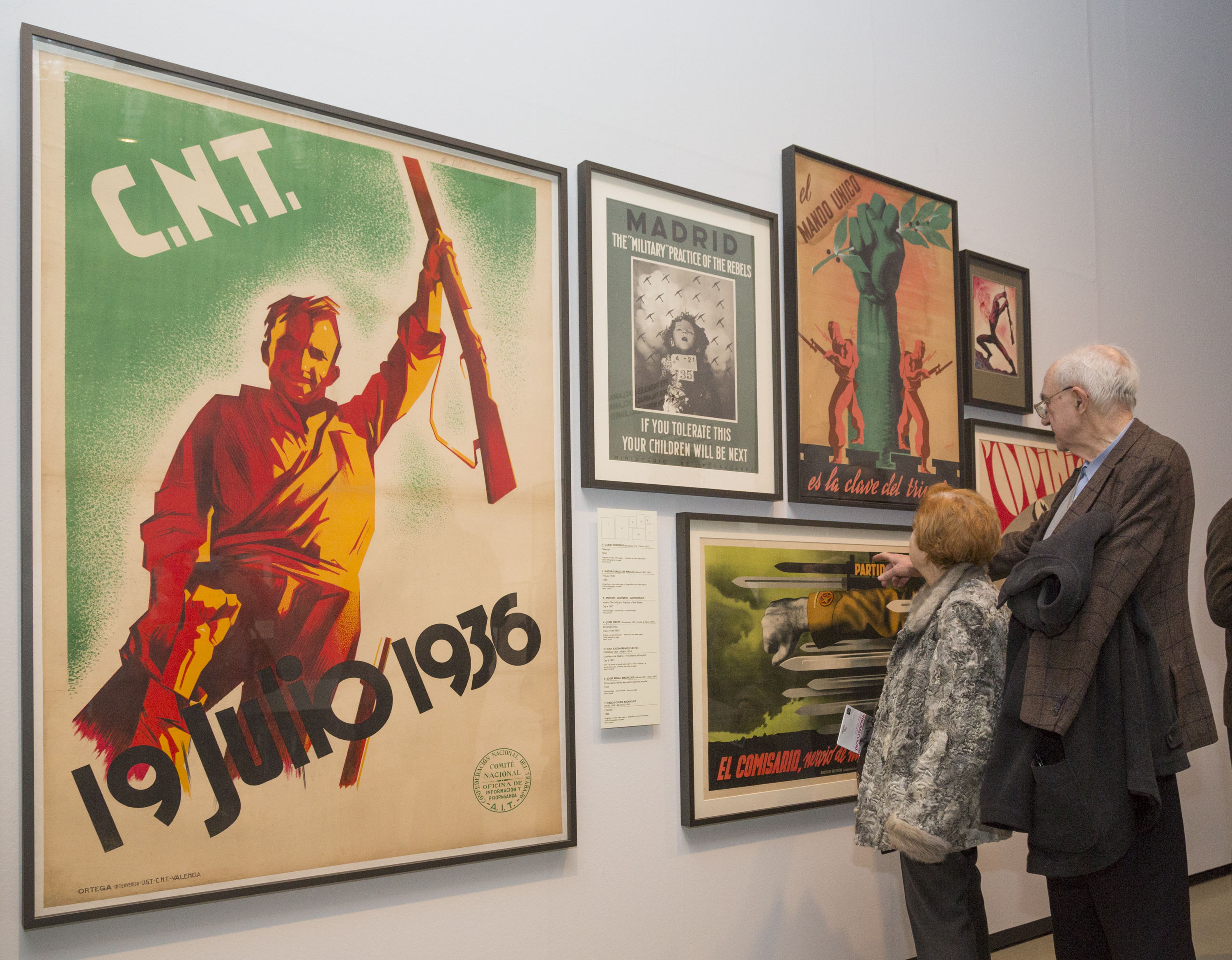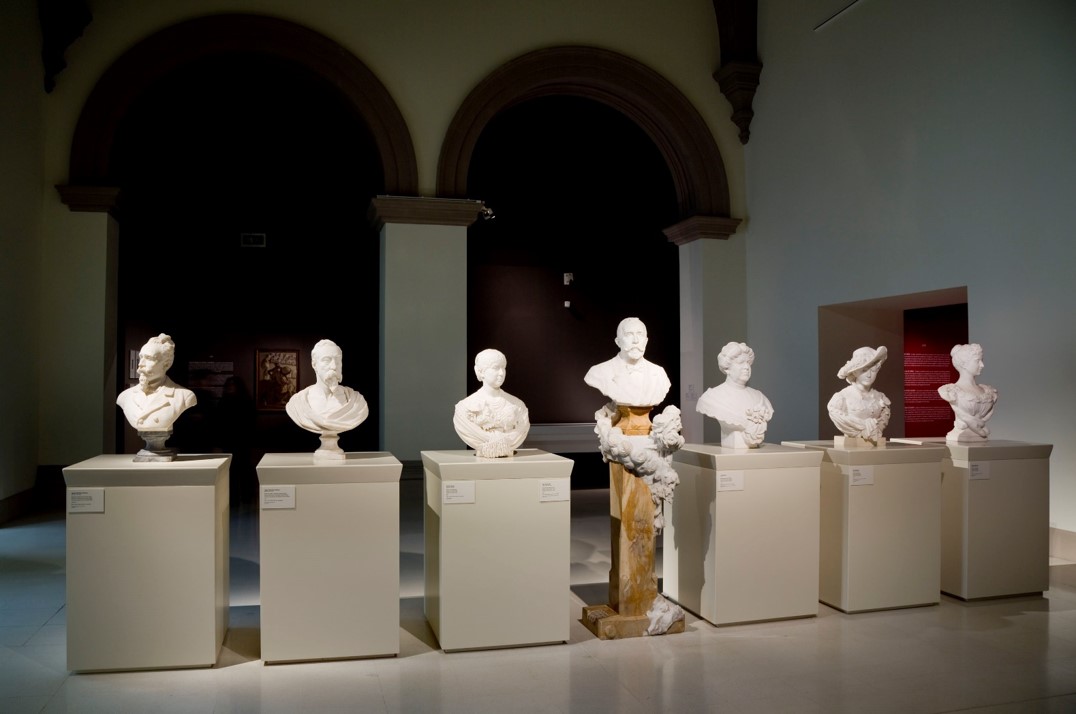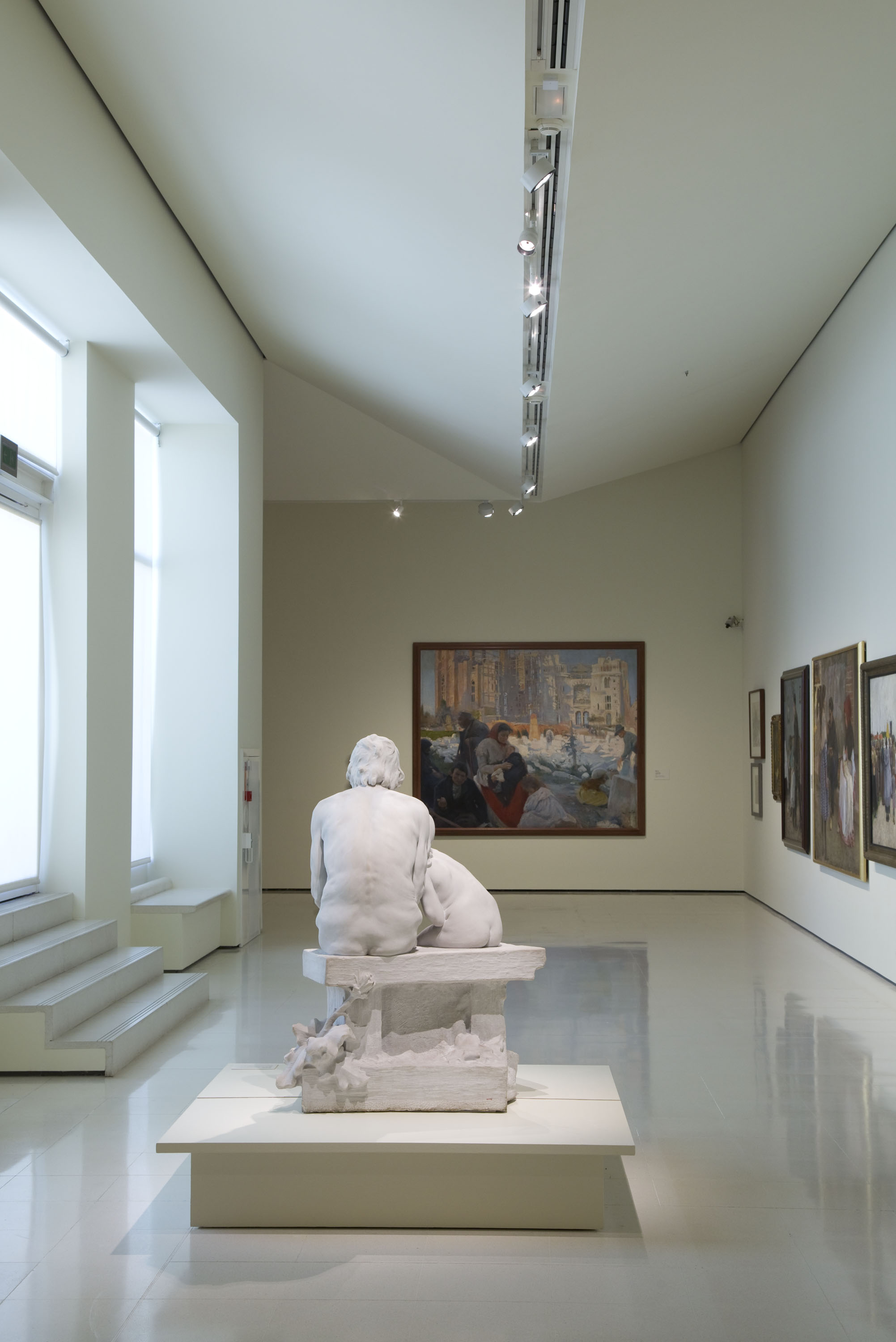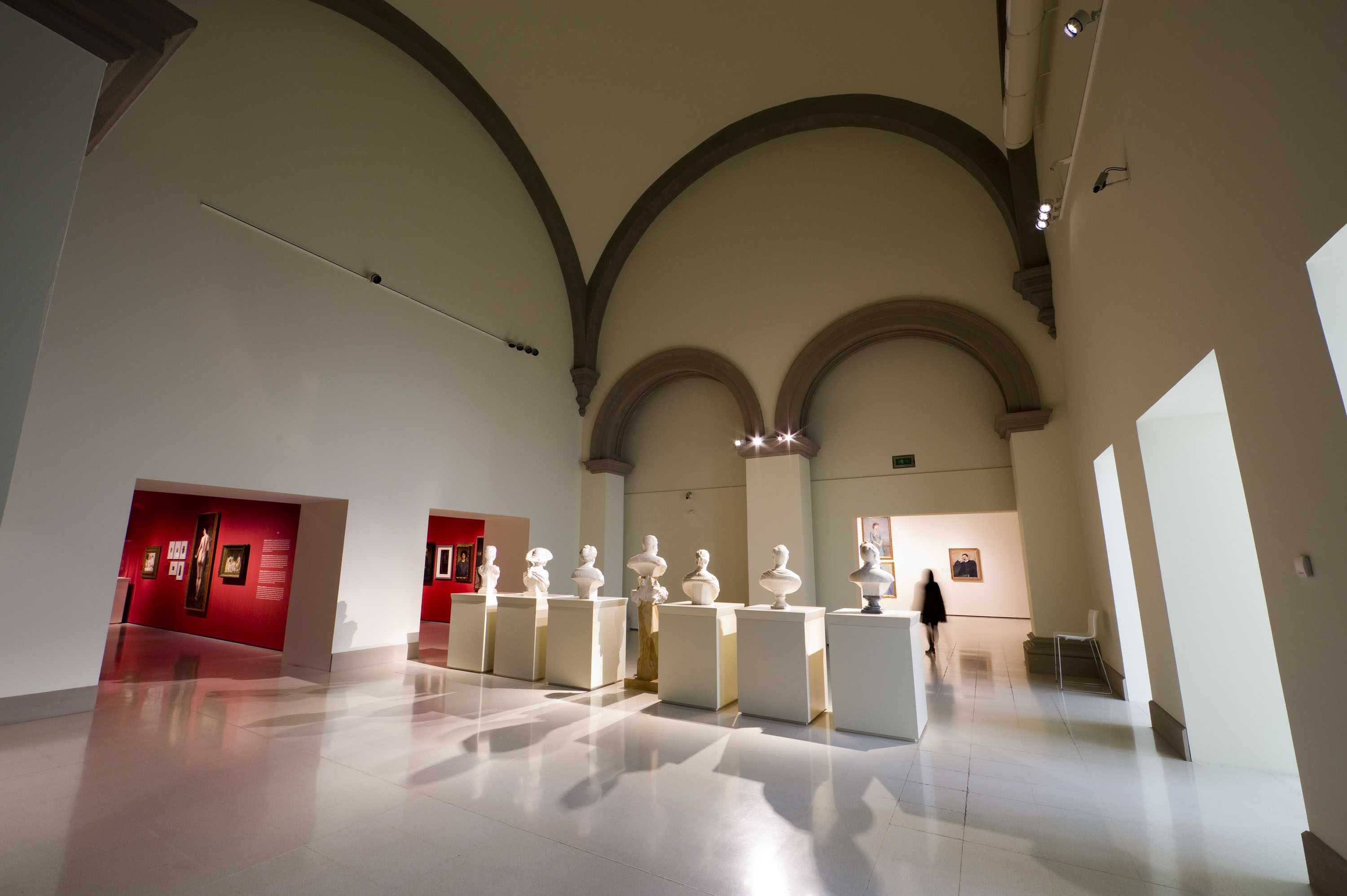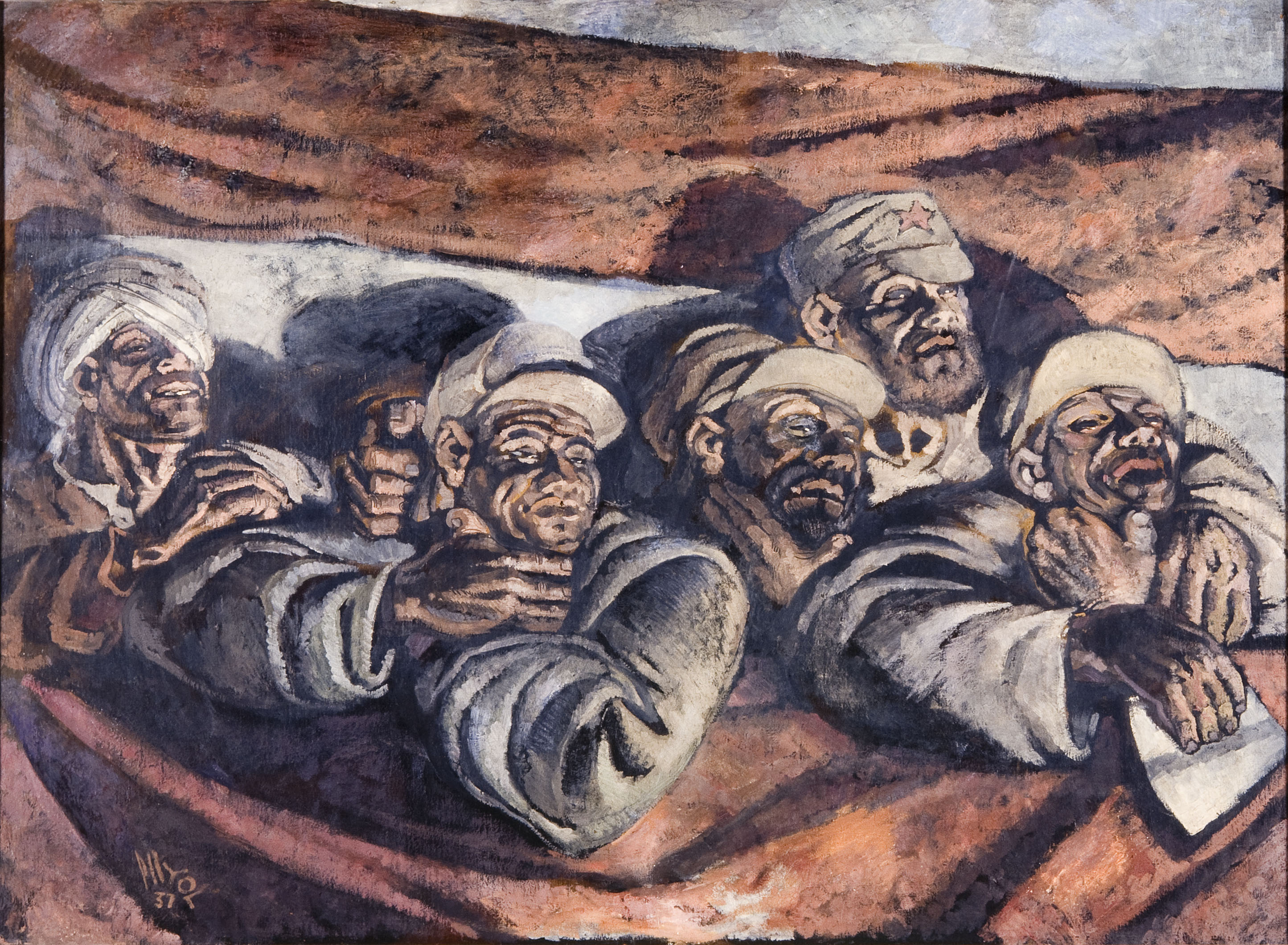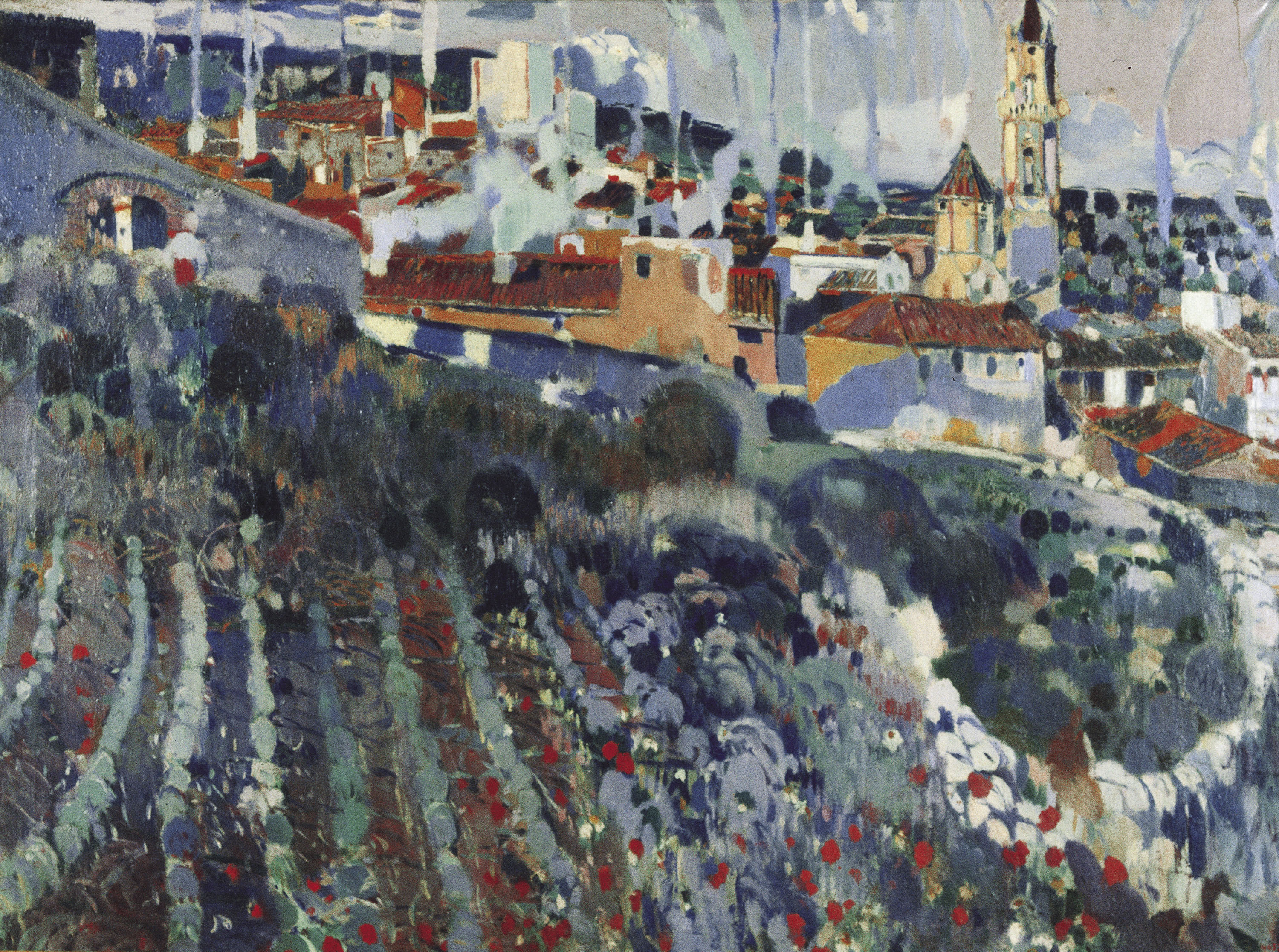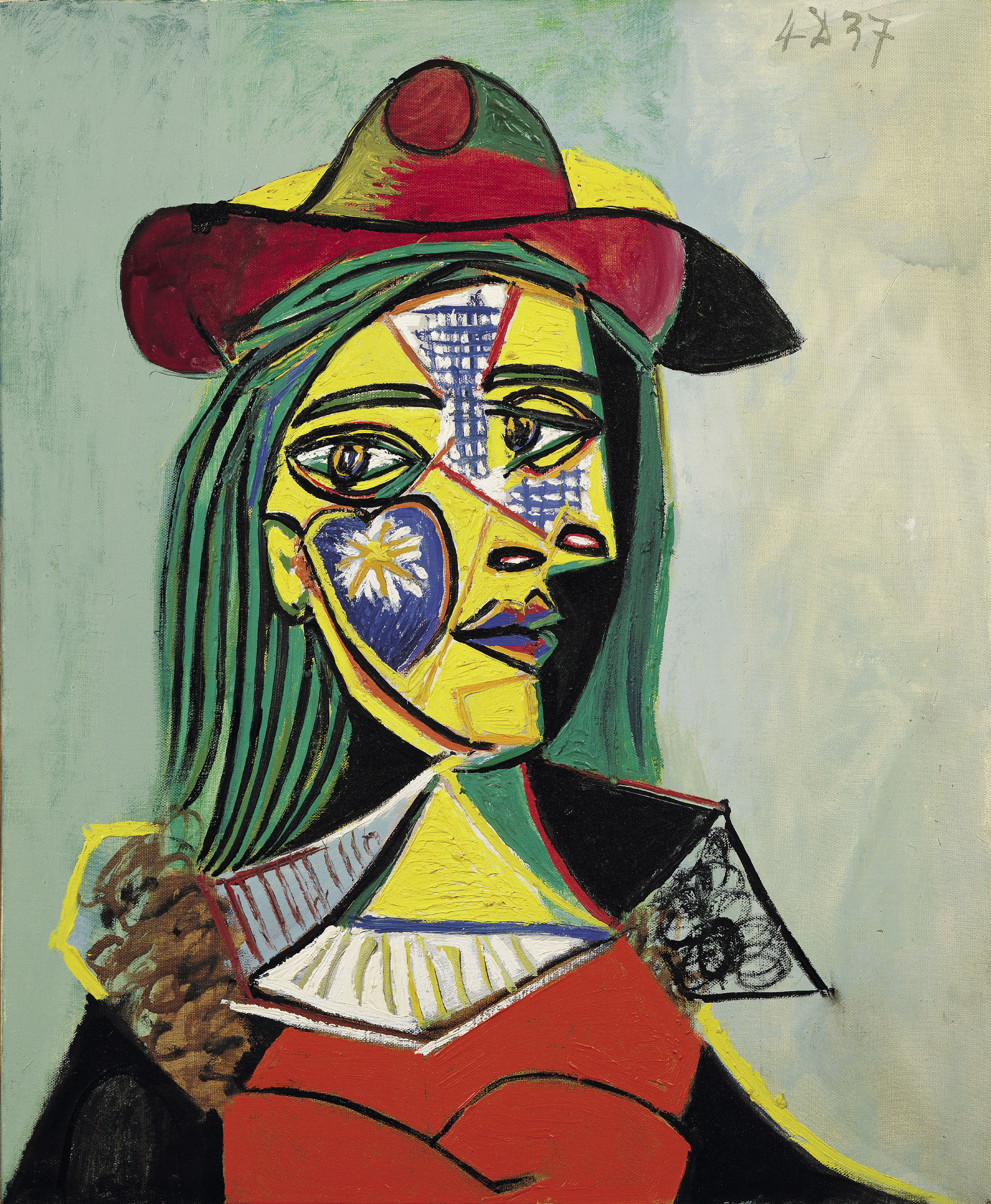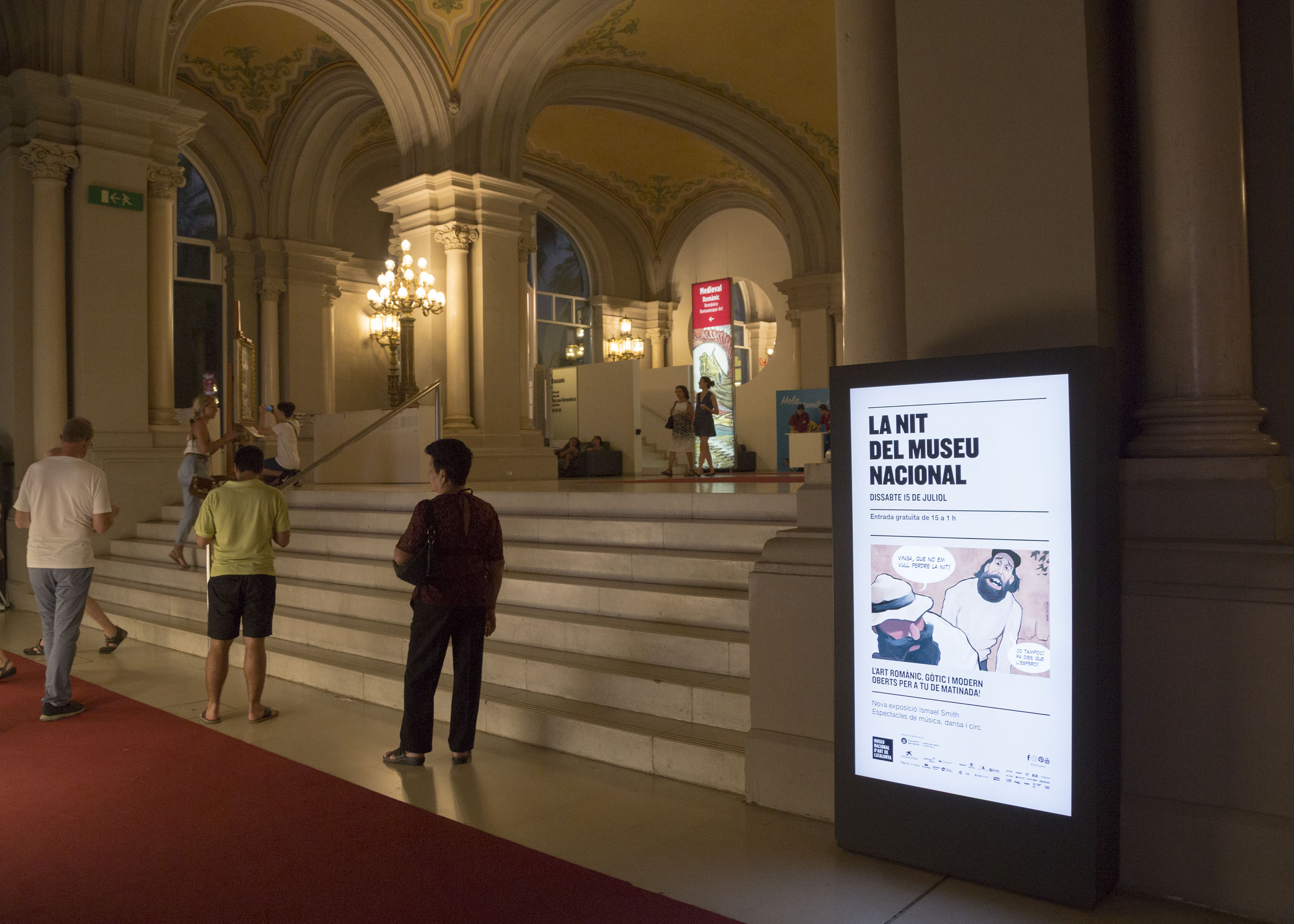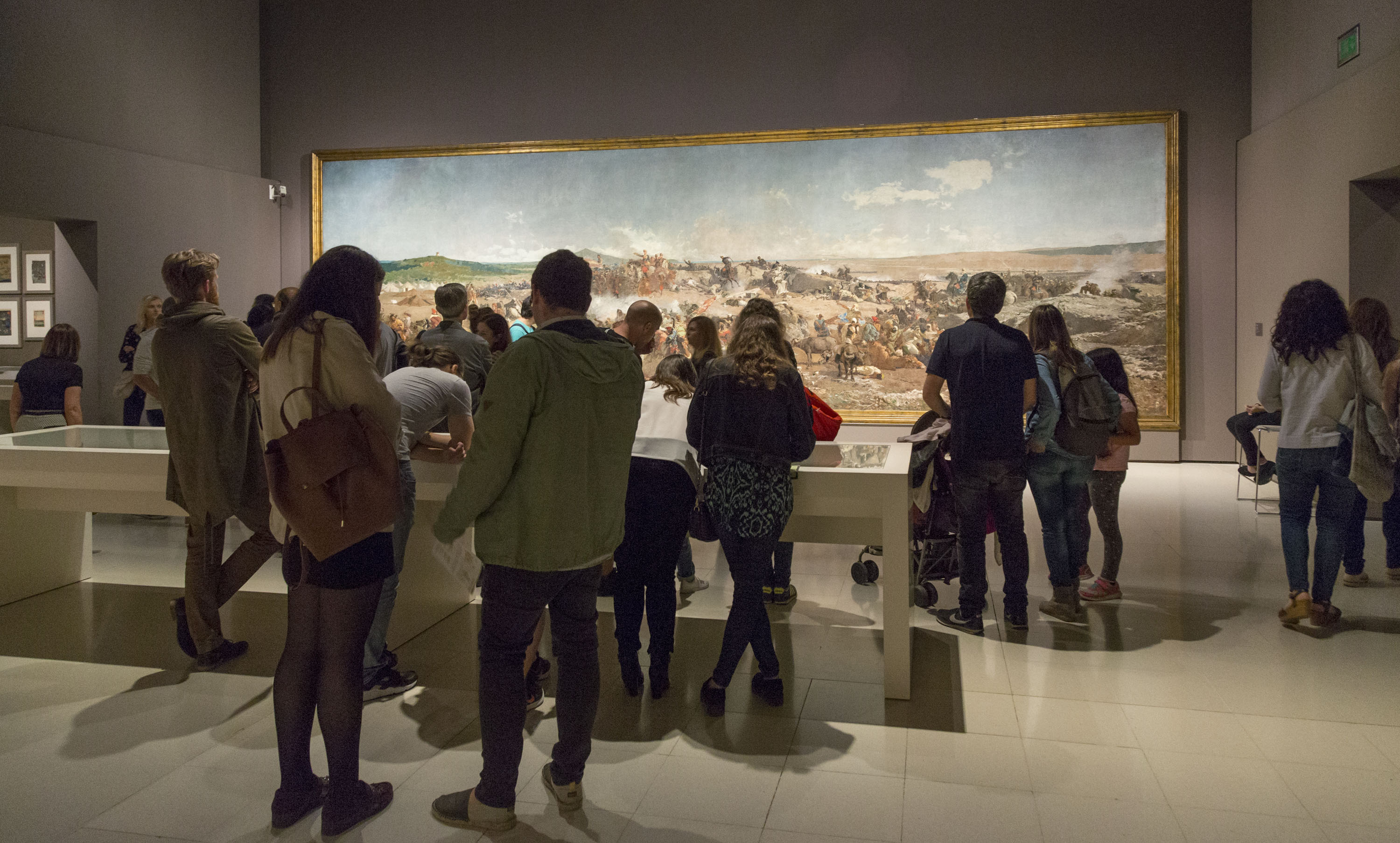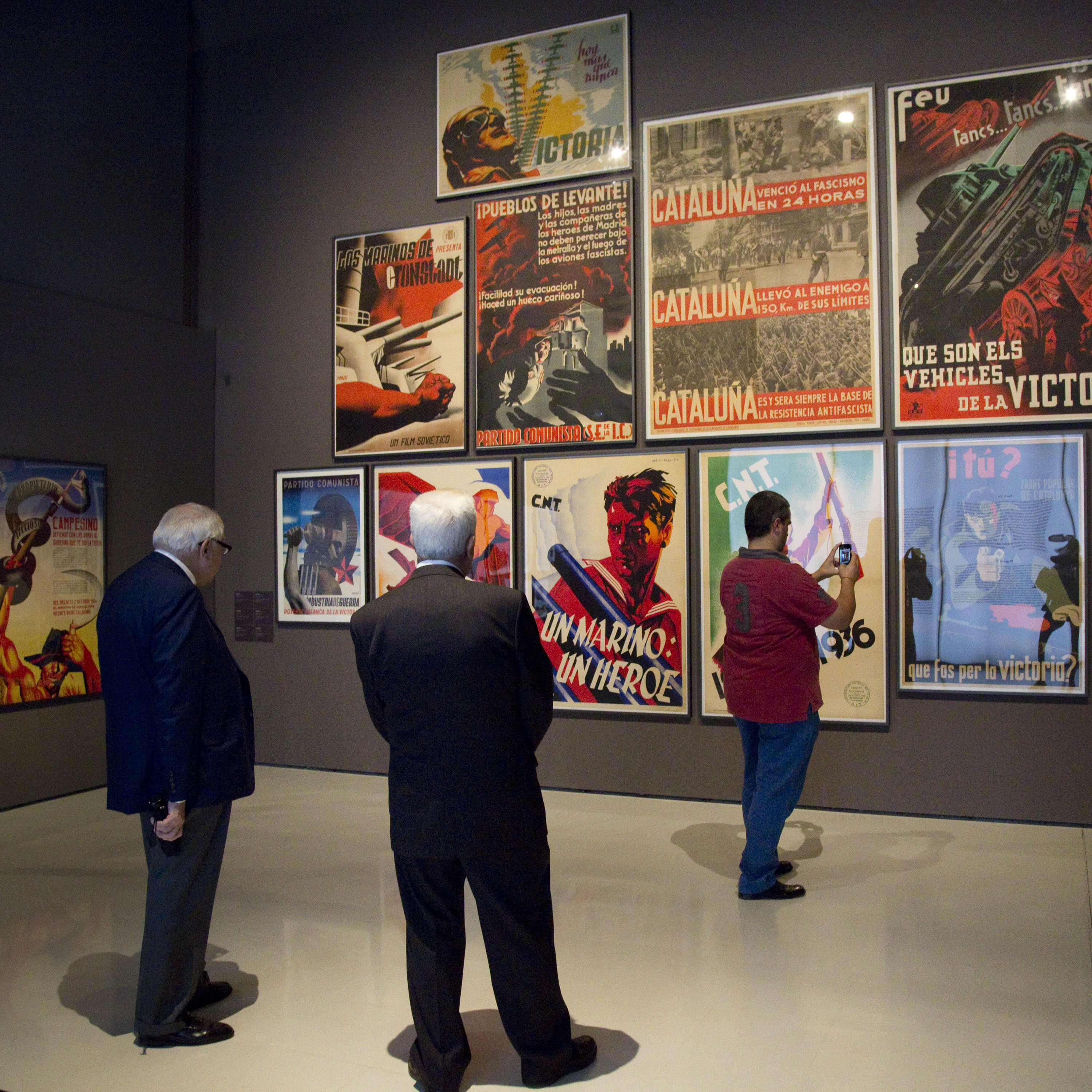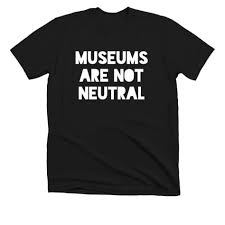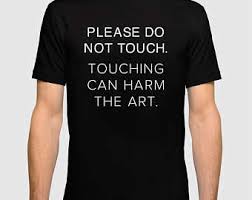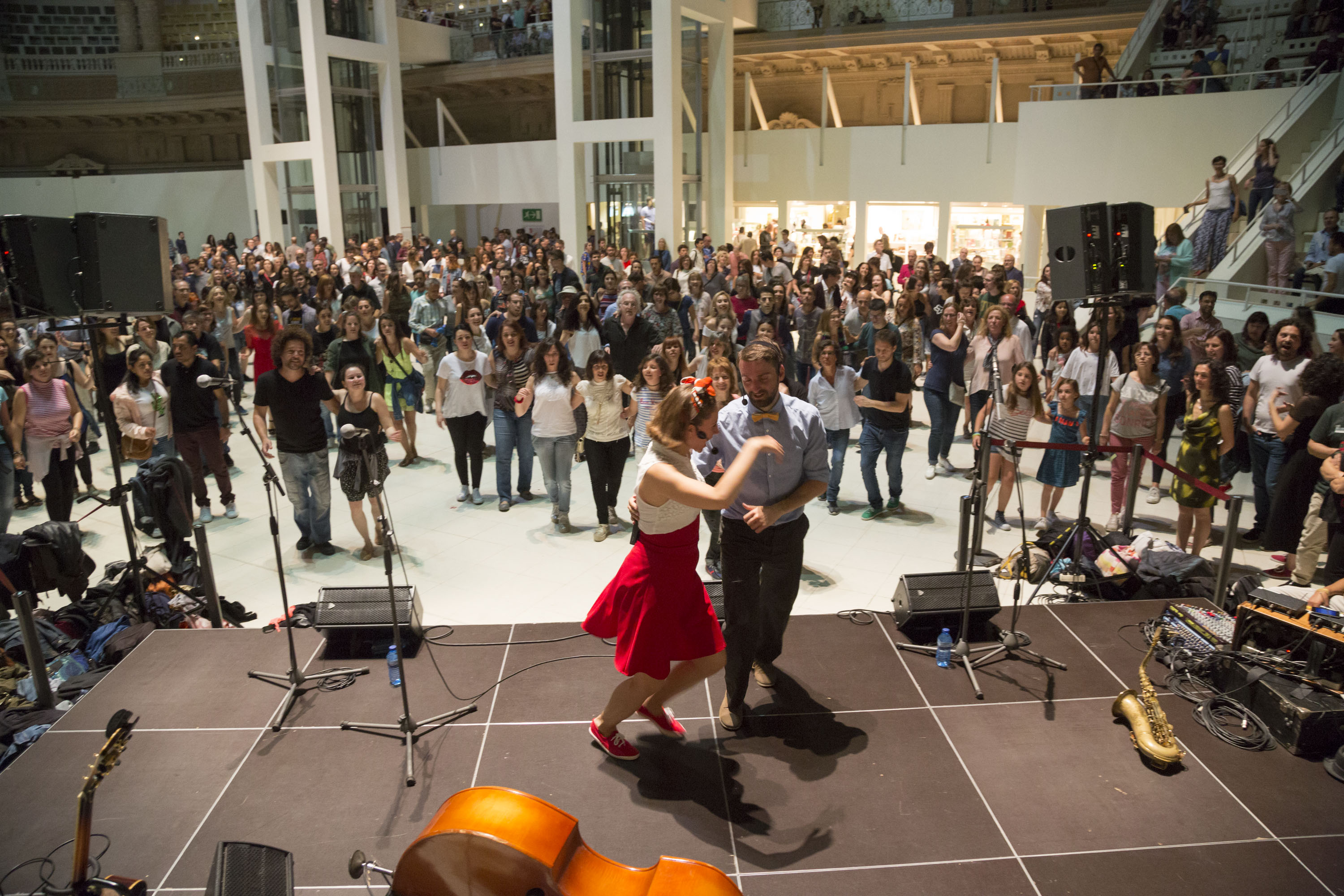Lluís Alabern
Artworks have various lives; those that they live during their time, in their context, and those which live outside their times, in new periods. We owe the rupture of the unidirectionality and temporal coherence of the History of Art to the thinkers such as Aby Warburg or Walter Benjamin.
Under the protection of these authors I am going to delve into half a dozen museographic disquisitions, somewhat unbalanced, that don’t aim to be a manifesto or anything similar. The idea is, rather, to recreate an everyday “landscape”, a horizon that technicians from many museums have got used to watching over just about on a daily basis.
The rooms of a museum always talk of the present. Planning a museography is therefore a political act.
Museums shouldn’t avoid controversies but should make them explicit.
Art is not a good territory for doctrines; it is, on the other hand, the ideal breeding ground for paradoxes.
The museographies, what happens in the galleries of a museum, should challenge the visitor. In some cases they should even make the spectator feel uncomfortable.
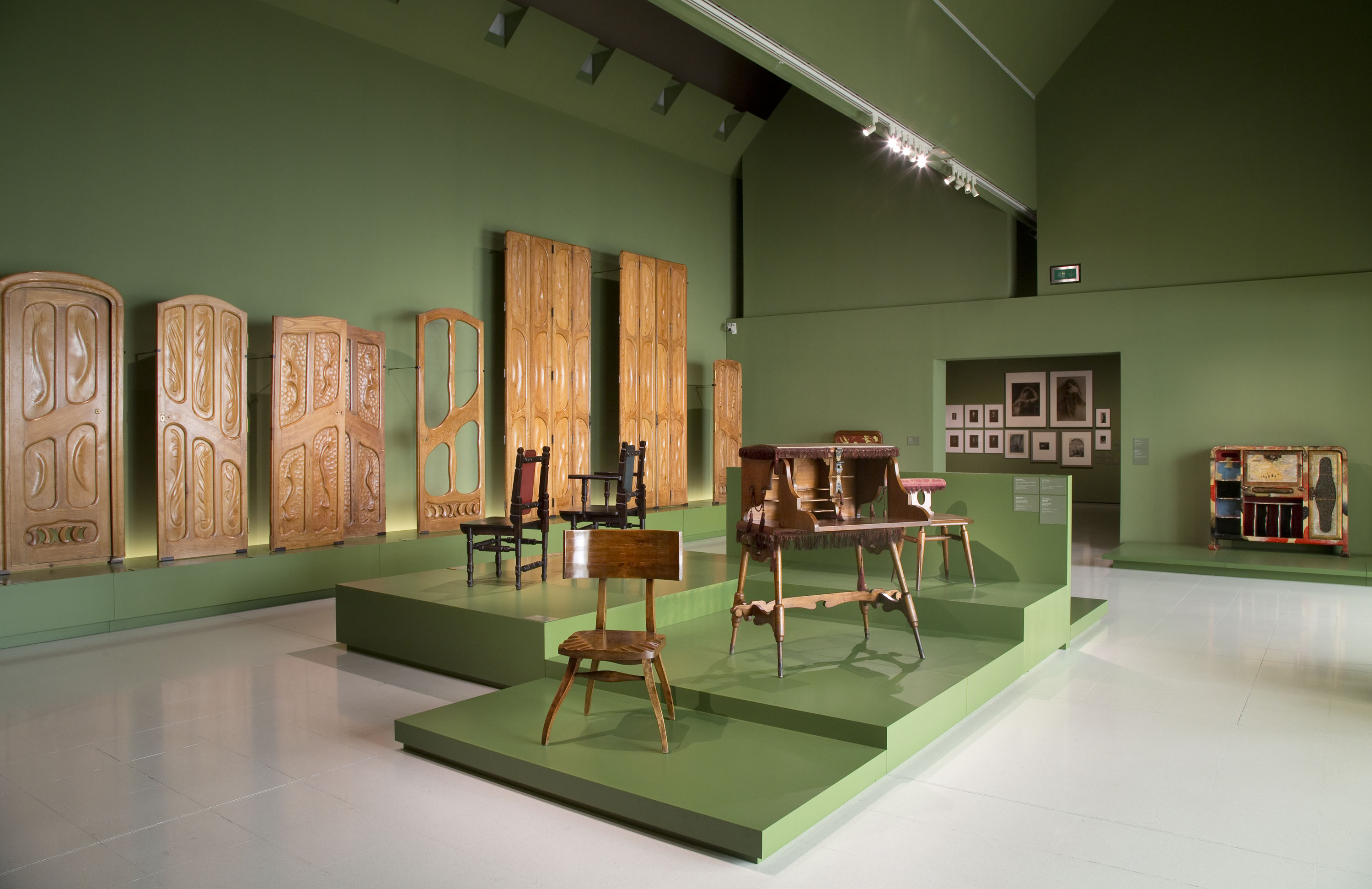
The museography is not the means for carrying out the museology.
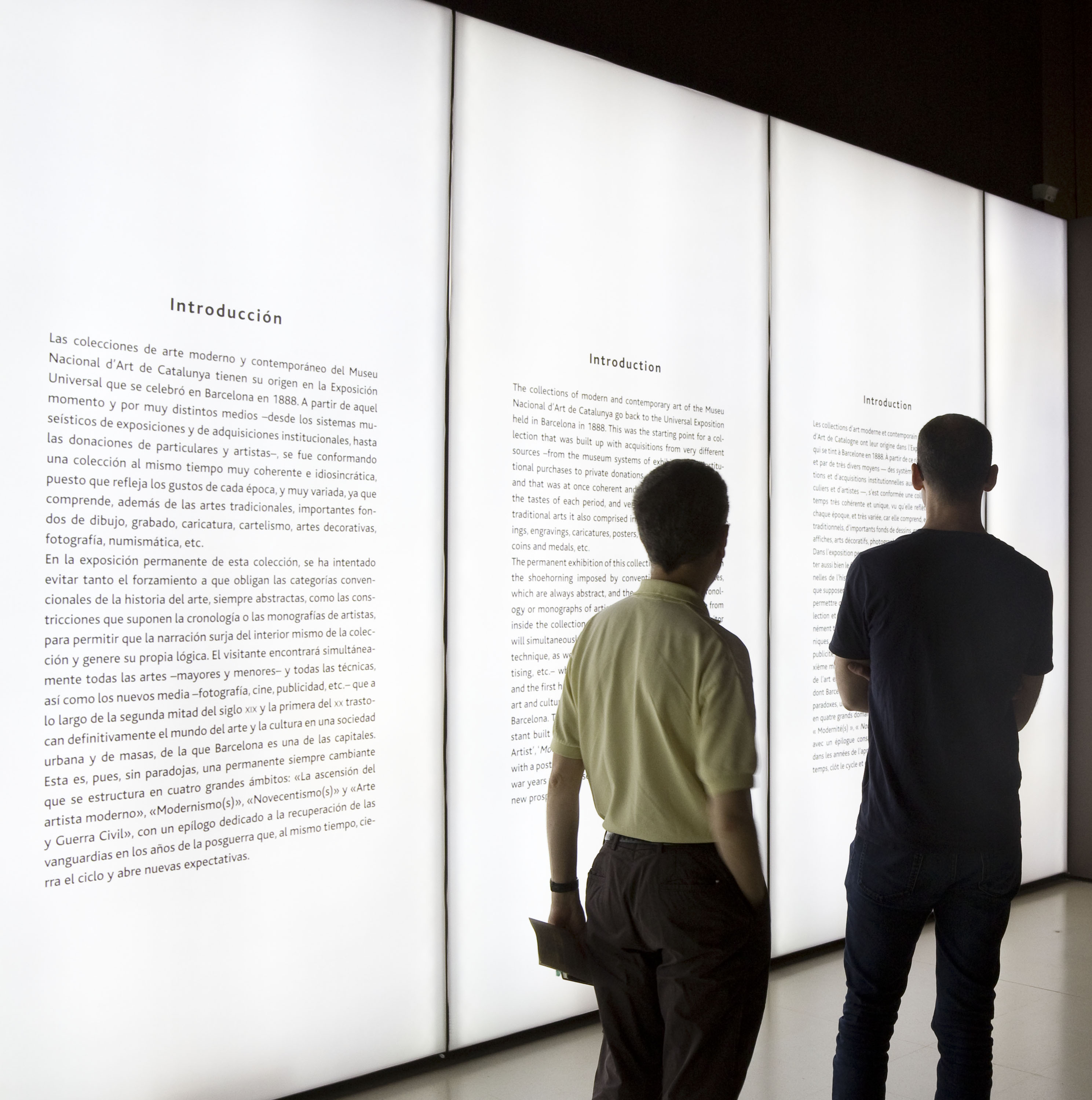
The museographic authors should be identified.
A museography is a dialogue between images that are present and those that are missing.
The galleries of a museum should search for critical methods so as to always be posing questions. How do the walls and spaces speak? How do we want the walls and spaces to speak? They seem to be identical questions, but sometimes there’s an abyss between the answers.
The visitor perceives from what they feel, but also from their contexts.
Museums are never neutral spaces.
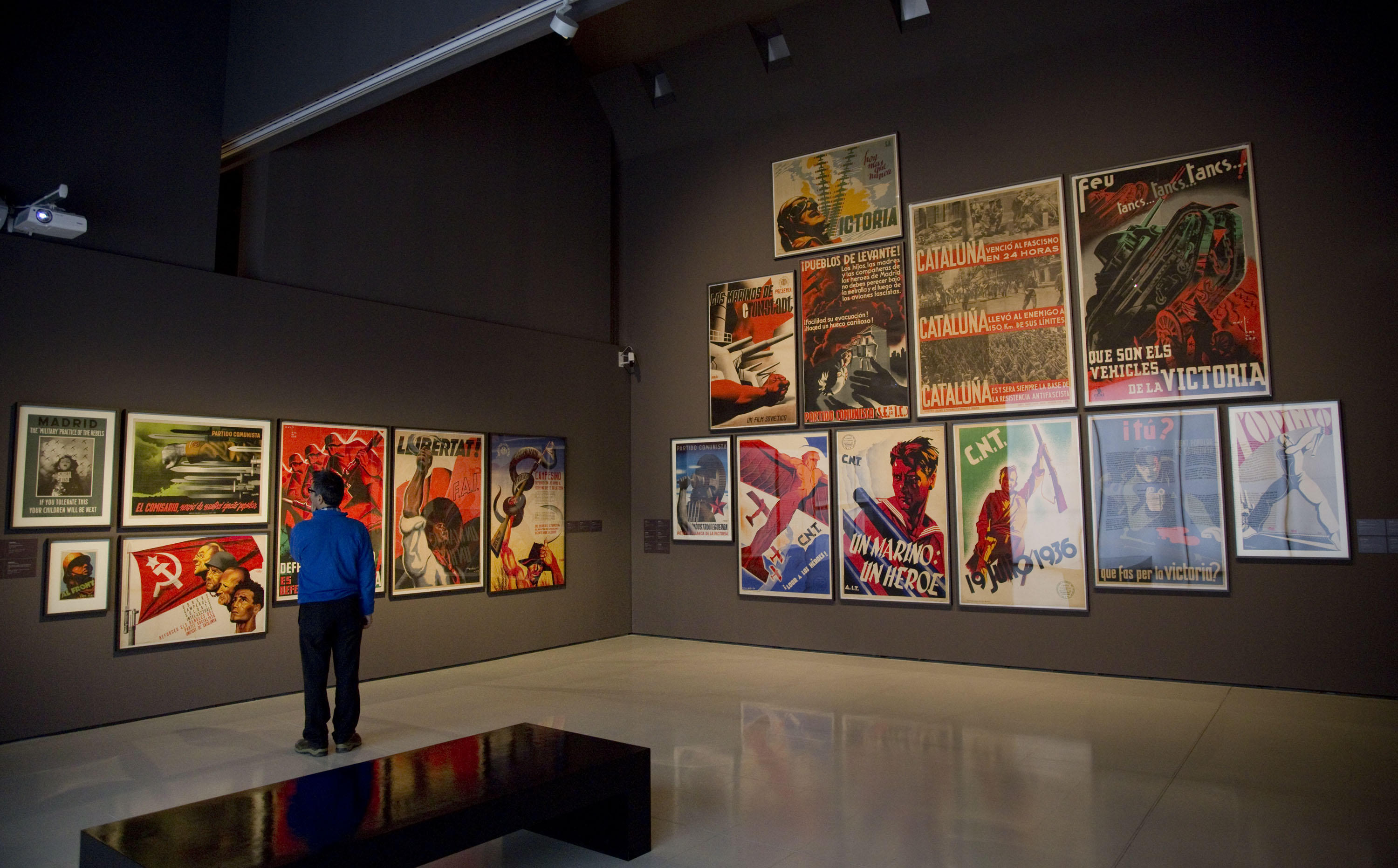
Contextual, cultural, social and political values coexist in a museography.
A museography should integrate evidences, forms, experiences, and performativities.
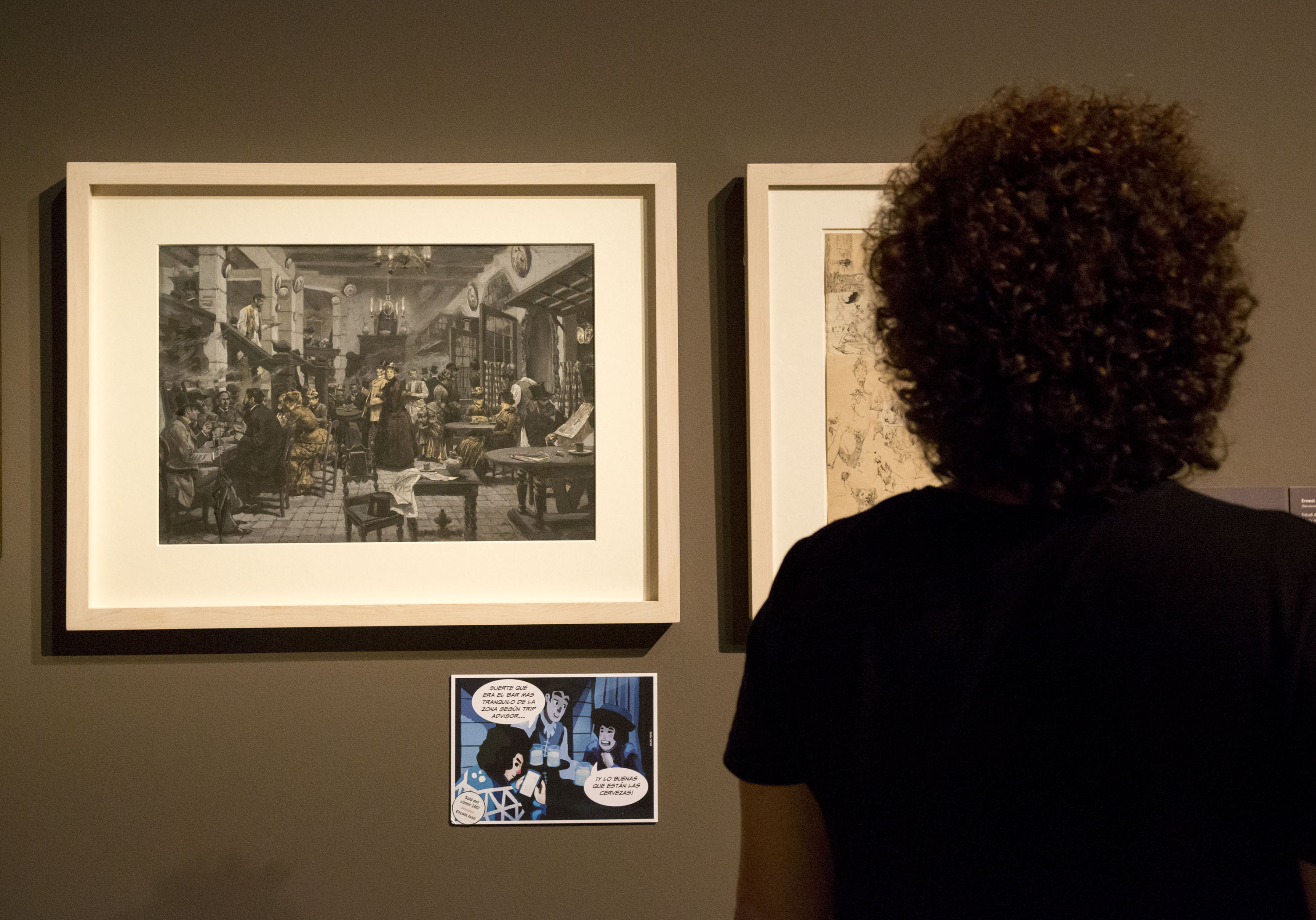
Museography is a mediating activity, tied to the present, which does not tell us so much about what the museum means, but what the museum actually says.
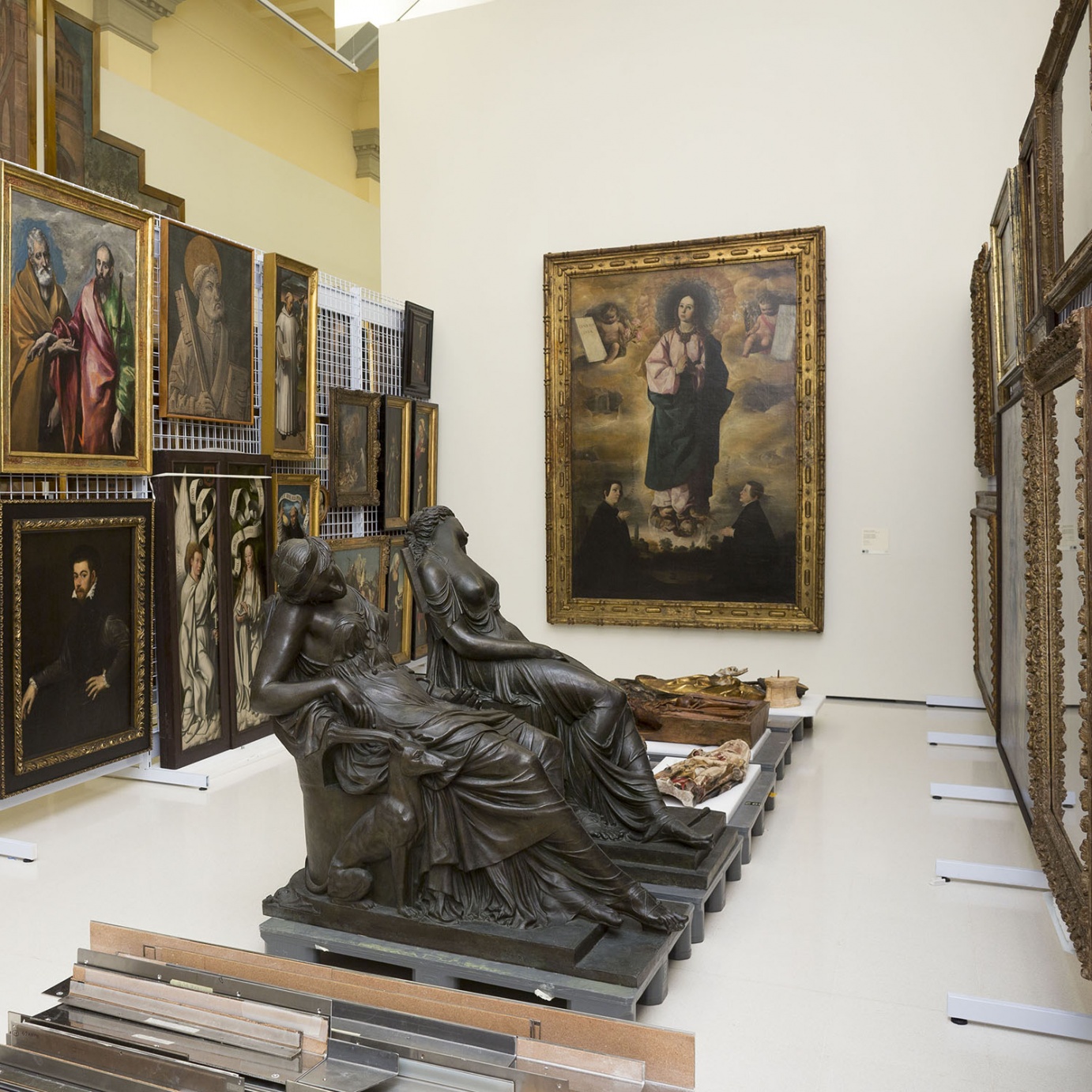
Museography must be questioned about its own limits. In a way, critical museography is bound to remain unfinished.
Let’s assume a certain situationist idea, very much in vogue among the detractors of reforming the spaces of a museum, who understand the galleries as a place for drifting. Walking aimlessly between works of art, understanding the spectator as flâneur, quickly leading us to agree that the best thing we can “do” to the rooms of a museum is to “leave them alone”.
It is not an idea that is at all outlandish, above all it wasn’t so in the times in which those who seemed to direct the efforts of rather a lot of museums, to decorate the spaces, to make them scenographic, in search of a wonderful experience and the headlines in the press. They were times of great expense, of barely sustainable designs, of wars of figures, of museographies placed at the service of the show business society and the cultural industry.
It was logical that some intellectuals would demand that museums focus their attention on the visitors, on their uses and ways, on their wishes and needs, and on their unanswered questions.
In a way, we as museums have moved on, in less than a decade, between two unfortunate conceptions of what should have been the relations between spectators and museums. As in the famous works that the American artist Bruce Nauman carried out in the early 70s, we went from asking for attention with a “Pay attention, mother fuckers” (lithograph on paper, 1973) to a moan in which we beg the visitor, “Please/Pay/Attention /Please” (Collage and letraset on paper, 1973).
It’s neither one thing, nor the other. All museography is a cultural construction that speaks to us of the present. Do not hesitate. It is a public intervention that reframes and restores the work of art, away from the canonical frameworks. I paraphrase George Didi-Huberman when I point out that the way in which the elements and storytelling are arranged in the museum space, has something about rehearsal in it. Everything is in the assembly. Warburg posed the use of the montage as a method for giving meaning to the images.
The exhibition assembly enhances the connections by osmosis, finding the bridges that take us from one image to another. We cannot consider the spectator as someone undocumented, an imbecile unable to associate and discover the “secrets” that the images hide. The contemporary visitor lives surrounded by a cataract of images. The museum, the museum’s rooms, must mediate so as to make the visit an exercise of freedom, pleasure and knowledge, to contribute to making the spectator a critical citizen.
Why don’t we let the visitors talk to us, dialogue and build their interpretation? Why don’t we let them share this dialogue with us?
Not so long ago, in the galleries of the Museu Nacional, I heard George Didi-Huberman say, that interesting images do not belong to only one time. Interesting images are a confrontation with the context, but they coexist with other times.
Juan José Lahuerta, my admired professor in those distant years in which I failed repeatedly in the faculty of architecture, insisted to me not infrequently on the idea of neither using the museography, or research, or art or architecture, to construct powerful storytelling. While walking around the Museum as Head of Collections, he urged us to show without shame the uncomfortable density of the collections of our Museu Nacional. A density, a discomfort, that says much more of the Collection and the society that it has formed, than we might want to hear. A density full of absences and voids, which the spectator is entitled to know and use.
In our mediation and museography teams, the idea is being opened up of helping visitors to use what they know, their background knowledge, their contexts, to discover what they don’t know. We aim to help to generate collective thinking dynamics, encouraging the spectators to converse, question, to agree answers, to return to seek new questions in rooms designed to challenge them.
We understand the museography as a work of assembly as accessible as possible to all types of public, in which different times are united, articulating images and heterogeneous storytelling. We, the technicians, are the first to be surprised by the polysemy of the images, given their social and anachronistic dimension.
To a certain extent, the museography is never finished, it introduces acronyms that place the story in the present, it is a palimpsest that projects us towards a horizon full of questions.
Mediació i Programació Cultural

